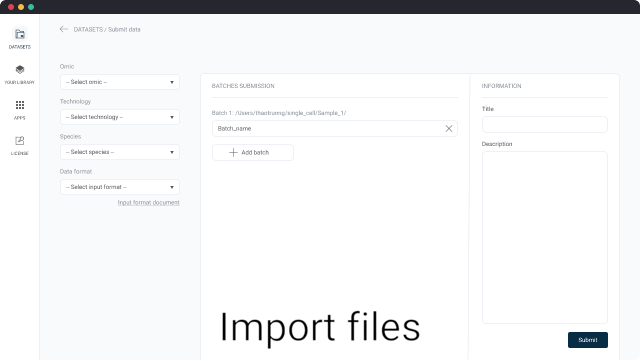Single-Cell, Single-Nucleus, and Spatial RNA Sequencing of the Human Liver Identifies Cholangiocyte and Mesenchymal Heterogeneity
Tallulah S. Andrews, Jawairia Atif, Jeff C. Liu, Catia T. Perciani, Xue-Zhong Ma, Cornelia Thoeni, Michal Slyper, Gökcen Eraslan, Asa Segerstolpe, Justin Manuel, Sai Chung, Erin Winter, Iulia Cirlan, Nicholas Khuu, Sandra Fischer, Orit Rozenblatt-Rosen, Aviv Regev, Ian D. McGilvray, Gary D. Bader, Sonya A. MacParland
Abstract
The critical functions of the human liver are coordinated through the interactions of hepatic parenchymal and non‐parenchymal cells. Recent advances in single‐cell transcriptional approaches have enabled an examination of the human liver with unprecedented resolution. However, dissociation‐related cell perturbation can limit the ability to fully capture the human liver’s parenchymal cell fraction, which limits the ability to comprehensively profile this organ. Here, we report the transcriptional landscape of 73,295 cells from the human liver using matched single‐cell RNA sequencing (scRNA‐seq) and single‐nucleus RNA sequencing (snRNA‐seq). The addition of snRNA‐seq enabled the characterization of interzonal hepatocytes at a single‐cell resolution, revealed the presence of rare subtypes of liver mesenchymal cells, and facilitated the detection of cholangiocyte progenitors that had only been observed during in vitro differentiation experiments. However, T and B lymphocytes and natural killer cells were only distinguishable using scRNA‐seq, highlighting the importance of applying both technologies to obtain a complete map of tissue‐resident cell types. We validated the distinct spatial distribution of the hepatocyte, cholangiocyte, and mesenchymal cell populations by an independent spatial transcriptomics data set and immunohistochemistry. Conclusion: Our study provides a systematic comparison of the transcriptomes captured by scRNA‐seq and snRNA‐seq and delivers a high‐resolution map of the parenchymal cell populations in the healthy human liver.
Datasets
1. Healthy human liver: integrated

Analyze this study
Source data
https://cellxgene.cziscience.com/collections/44531dd9-1388-4416-a117-af0a99de2294
Alias names
GSE185477, PMID34792289, PMC8948611
Cite this study
Andrews, T.S., Atif, J., Liu, J.C., Perciani, C.T., Ma, X.Z., Thoeni, C., Slyper, M., Eraslan, G., Segerstolpe, A., Manuel, J. and Chung, S., 2022. Single‐cell, single‐nucleus, and spatial RNA sequencing of the human liver identifies cholangiocyte and mesenchymal heterogeneity. Hepatology Communications, 6(4), pp.821-840. https://doi.org/10.1002/hep4.1854
